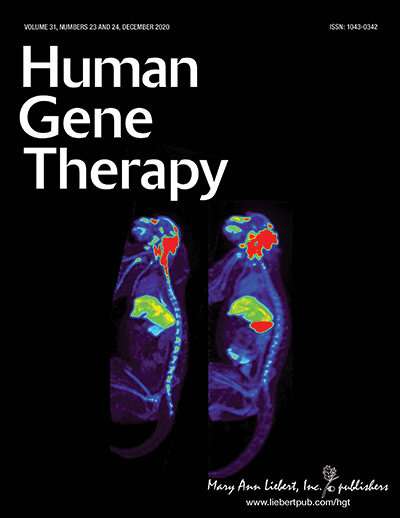Credit: Mary Ann Liebert, Inc., publishers
Gene editing therapies, including CRISPR-Cas systems, offer the potential to correct mutations causing inherited retinal degenerations, a leading cause of blindness. Technological advances in gene editing, continuing safety concerns, and strategies to overcome these challenges are highlighted in the peer-reviewed journal Human Gene Therapy.
"Currently, the field is undergoing rapid development with a number of competing gene editing strategies, including allele-specific knock-down, base editing, prime editing, and RNA editing, are under investigation. Each offers a different balance of on-target editing efficiency versus off-target risks," state Kanmin Xue, University of Oxford, and coauthors. "Testing these newly-developed CRISPR technologies in human retinal tissue, organoids and in vivo will help to highlight the most-viable therapeutic approaches for treating inherited retinal diseases in the future."
Characterizing the rapidly evolving field of CRISPR-Cas based genome editing and current strategies for extending the capabilities of CRISPR-Cas9, the article also features epigenetic editing, the risks of retinal gene editing, and approaches in development to control Cas9 activity and improve safety.
"The eye is an ideal target for in vivo gene editing. Dr. Xue's review provides an excellent overview of the current state of the art," says Editor-in-Chief of Human Gene Therapy Terence R. Flotte, MD, Celia and Isaac Haidak Professor of Medical Education and Dean, Provost, and Executive Deputy Chancellor, University of Massachusetts Medical School.
More information: Camasamudram Vijayasarathy et al, Genetic Rescue of X-Linked Retinoschisis Mouse (Rs1−/y) Retina Induces Quiescence of the Retinal Microglial Inflammatory State Following AAV8-RS1 Gene Transfer and Identifies Gene Networks Underlying Retinal Recovery, Human Gene Therapy (2020). DOI: 10.1089/hum.2020.213
Journal information: Human Gene Therapy
Provided by Mary Ann Liebert, Inc























